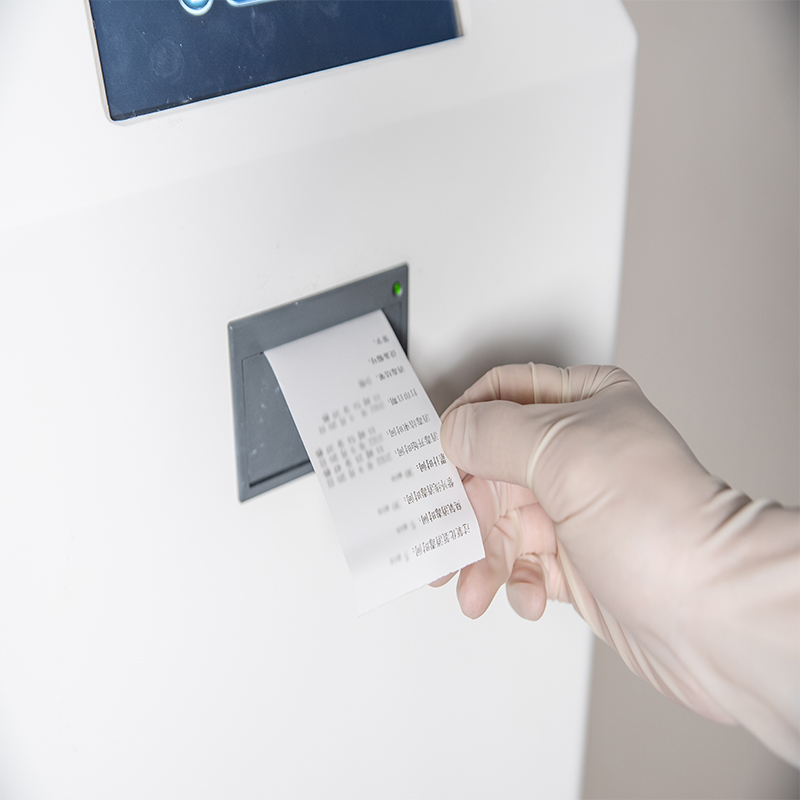Anesthesia breathing circuit disinfection machines and equipment play a crucial role in ensuring patient safety and comfort during surgical procedures. However, they also pose potential risks of infection transmission if not maintained and disinfected properly. In this guide, we will provide information on different types of anesthesia breathing circuits, their features, and how to choose the appropriate circuit for different surgeries. We will also provide details on disinfection procedures and specific products or machines that can be used for disinfection. Additionally, we will address common concerns and questions regarding the use of anesthesia machines for COVID-19 patients and provide recommendations to minimize the risk of transmission.

Types of Anesthesia breathing circuit disinfection machines
There are two main types of anesthesia breathing circuits: open and closed. Open circuits, also known as non-rebreathing circuits, allow exhaled gases to escape into the environment. They are commonly used for short procedures or in patients with healthy lungs. Closed circuits, on the other hand, capture exhaled gases and recycle them back to the patient. They are suitable for longer procedures or in patients with compromised lung function.
Within these two categories, there are several subtypes of circuits, including:
1. Mapleson A/B/C/D: These are open circuits that differ in their design and gas flow patterns. They are commonly used for spontaneous breathing anesthesia.
2. Bain circuit: This is a semi-open circuit that allows for both spontaneous and controlled ventilation.
3. Circle system: This is a closed circuit that consists of a CO2 absorber and a breathing bag. It is commonly used for controlled ventilation anesthesia.
Choosing the appropriate circuit depends on several factors, such as the patient's condition, the type of surgery, and the anesthesiologist's preference.
Disinfection Procedures
Proper disinfection of anesthesia machines and equipment is crucial to prevent the spread of infections. The following steps should be followed:
1. Clean surfaces with soap and water to remove visible dirt and debris.
2. Disinfect surfaces with an EPA-approved disinfectant.
3. Allow surfaces to air dry.
It is important to note that some disinfectants may damage certain materials or components of anesthesia breathing circuit disinfection machines. Therefore, it is recommended to consult the manufacturer's instructions for specific disinfection procedures and products.
COVID-19 Concerns
The use of anesthesia breathing circuit disinfection machines for COVID-19 patients raises concerns about the potential transmission of the virus through aerosols generated during intubation and extubation procedures. To minimize this risk, the following measures should be taken:
1. Use appropriate personal protective equipment (PPE), including N95 respirators, gloves, gowns, and face shields.
2. Use closed circuits whenever possible.
3. Use high-efficiency particulate air (HEPA) filters to capture aerosols.
4. Allow sufficient time for air exchange between patients.
Conclusion
Proper maintenance, disinfection, and use of anesthesia machines and equipment are essential for patient safety and infection control in clinical settings. Anesthesiologists should be familiar with different types of breathing circuits and choose the appropriate one for each patient and surgery. They should also follow proper disinfection procedures and take measures to minimize the risk of transmission during COVID-19 patients' procedures.